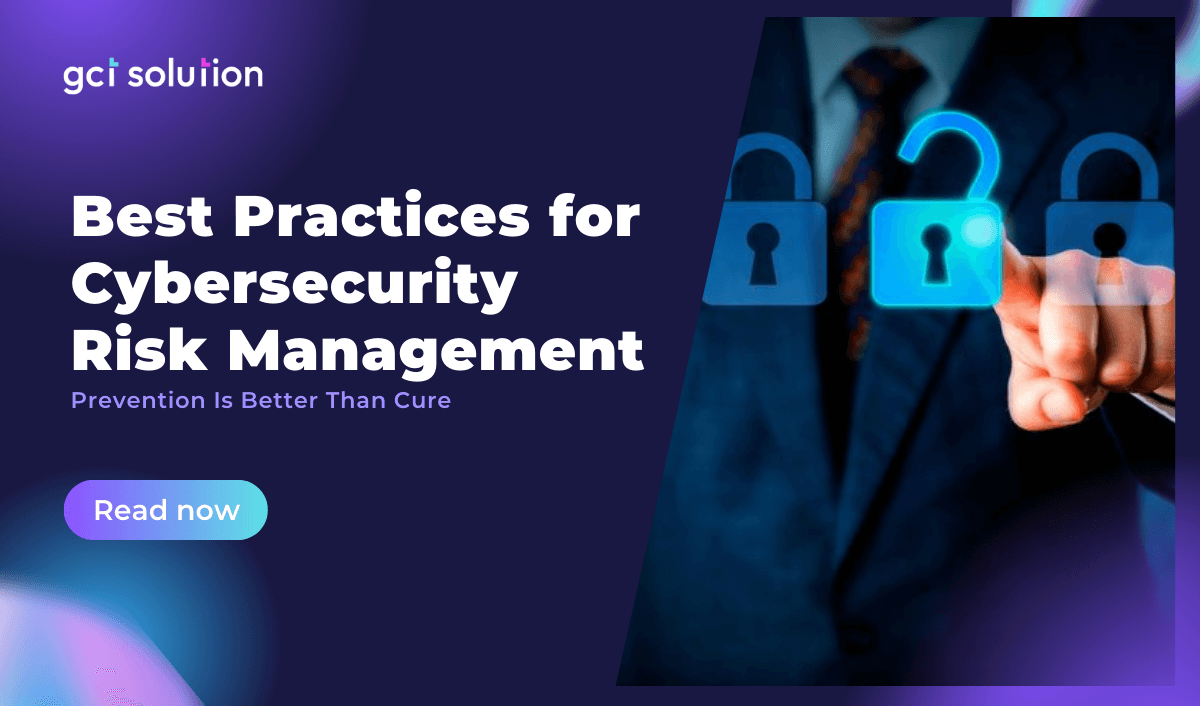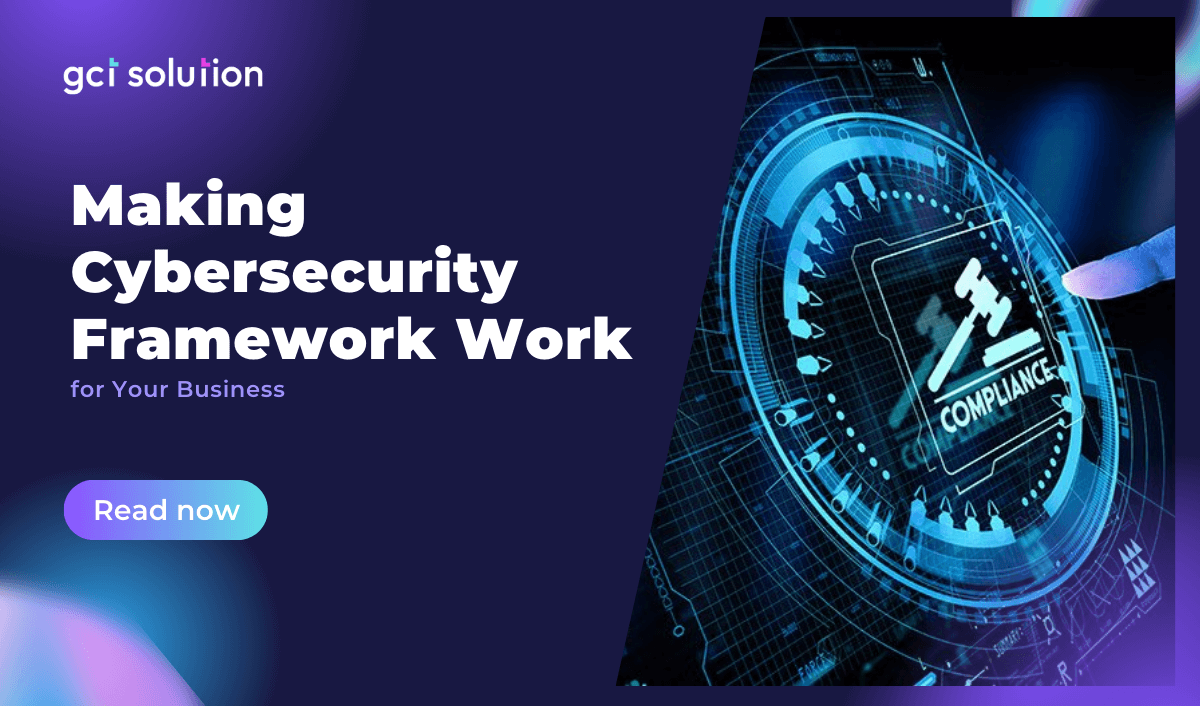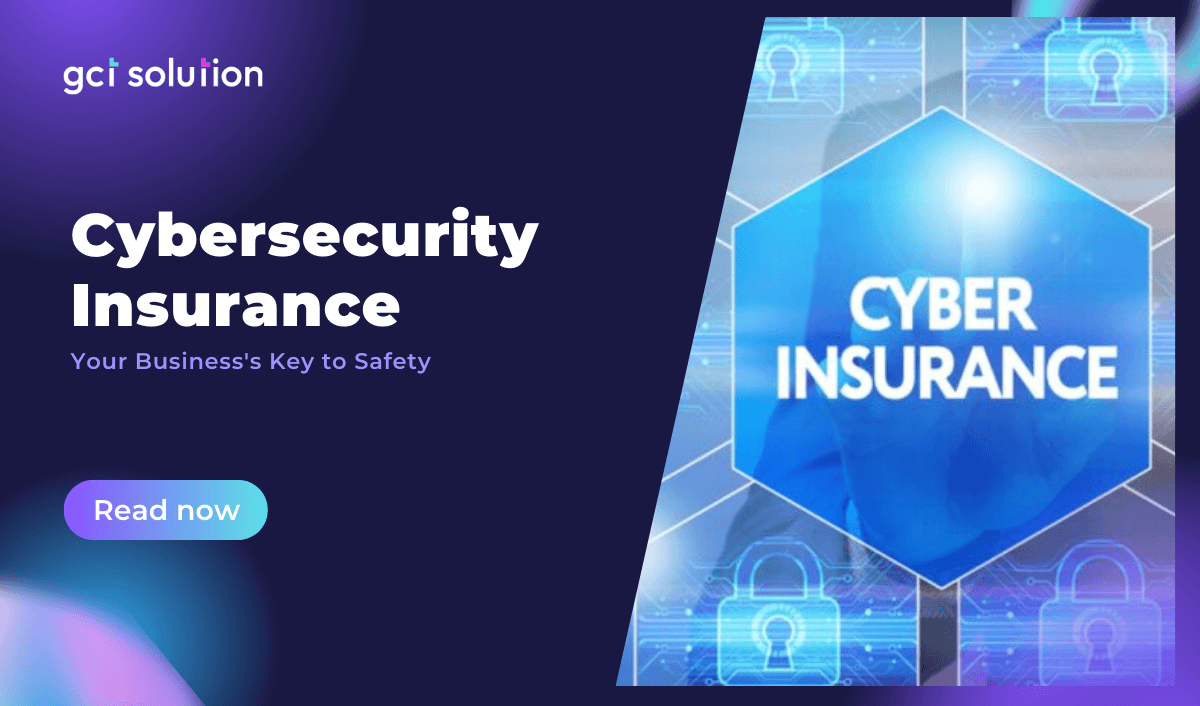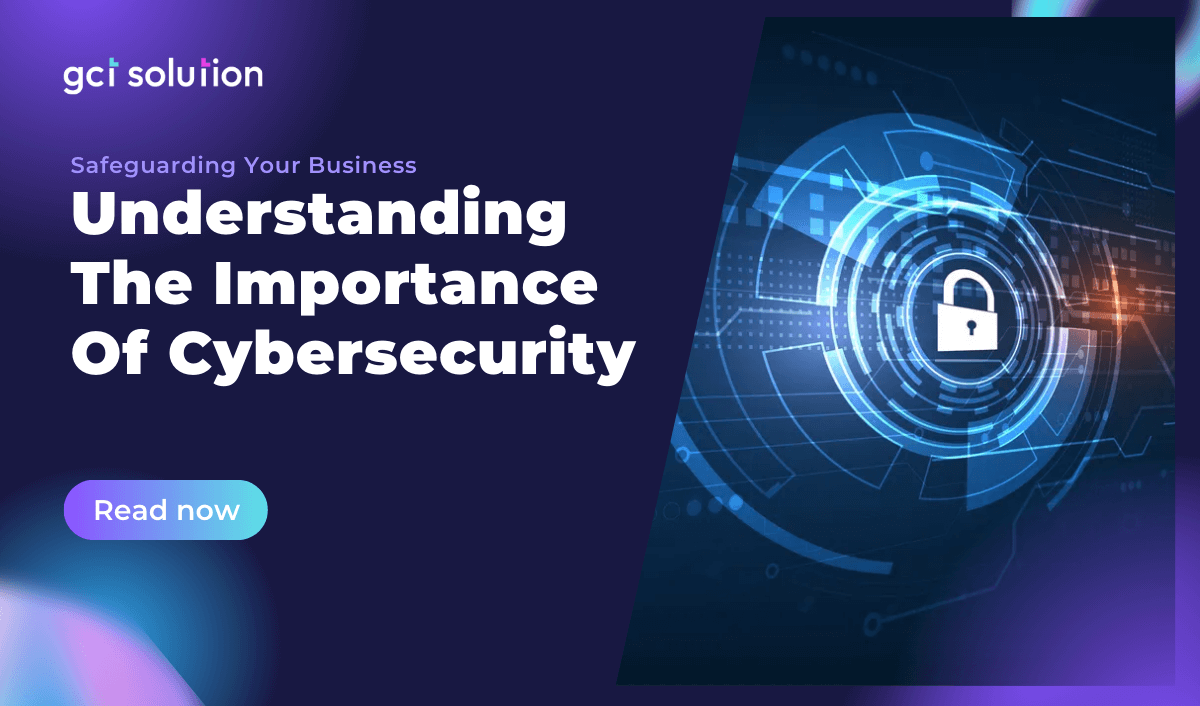In the era of digitalization, one of the most vexing realities is that it is becoming increasingly challenging for businesses to manage their cybersecurity risk. The future appears to be even gloomier as, on average, 130 security breaches were reported by businesses in 2021. (Purplesec.us) This is where cybersecurity came in just like a shot in the dark. Cybersecurity risk management is all about essential components of any organization's strategy to protect itself from cyber threats. Cybersecurity risk management involves identifying, assessing, and prioritizing risks, and developing strategies to mitigate those risks. In this blog, we will discuss best practices for cybersecurity risk management to help organizations better protect themselves from cyber threats.
Making Cybersecurity Framework Work for Your Business
The threat of cyber attacks certainly lurks around every corner in this digital revolution age. Hence, it becomes vital than ever for businesses, from big to small, to shield their data and resources against vicious attacks. According to a recent report by Accenture, the average cost of a cyber attack on a business has increased by 72% over the past five years, with the average cost now reaching $13 million per incident. These alarming statistics indicate that cybersecurity is the armor that protects internet-connected systems such as hardware, software, and data from unauthorized access, theft, and damage caused by cyber attacks. To combat the escalating risk of cyber attacks, businesses can rely on a cybersecurity framework, which offers a systematic approach to managing cybersecurity risks.
A Future Outlook Of The Cybersecurity Trends In 2023
With cybercrime on the rise, businesses and individuals are scrambling to protect themselves from malicious attacks. In fact, a recent report by Cybersecurity Ventures estimates that cybercrime will cost the world $10.5 trillion annually by 2025, up from $3 trillion in 2015. And the numbers don't stop there. According to the Identity Theft Resource Center, there were over 1,100 data breaches in 2020, exposing a whopping 300 million records to potential cybercriminals. In this blog, we'll have a more comprehensive insight into cybersecurity trends in 2023 and how businesses can protect themselves from the ever-evolving landscape of cyber threats.
Get Ahead with Cybersecurity – Definition, Types, Factors To Choose The Right Program
As the world becomes increasingly interconnected, businesses, especially small to medium-sized ones, are finding themselves in the crosshairs of malicious hackers. According to Security Intelligence, there were a staggering 11,395 reported phishing attacks in Europe in the first half of 2022 alone, costing businesses a whopping $12.3 million. It's a dog-eat-dog world out there, and cybercriminals are always on the lookout for their next prey. So, how can businesses get ahead in this cat-and-mouse game? The answer lies in investing in robust cybersecurity programs that can fend off these digital predators. In this article, GCT Solution will take a deep dive into the world of cybersecurity programs, exploring their definitions, and types, and offering valuable insights into the factors that businesses should consider when choosing the right program to protect themselves from threats to cybersecurity.
Top 9 Best Cybersecurity Programs for Small to Medium-sized Enterprises (SMEs) in 2023
In recent years, with fairly weak security fences, cyber threats have given small to medium-sized enterprises a cause for alarm. Specifically, cyber-attacks have deteriorated businesses’ financial situation, when the cost of cybercrime has gone up by 10%, with a $9.44 million average cost of a data breach in the US. (IBM, 2022). This is where cybersecurity programs emerge, to help SMEs protect their sensitive information and safeguard against cyber threats. However, with so many options available, it can be difficult for SMEs to determine which cybersecurity program is right for their business. In this blog post, GCT Solution will discuss the top 9 best cybersecurity programs for SMEs in 2023, along with factors to consider when selecting a program.
Cybersecurity Insurance: Your Business’s Key to Safety
Did you know that cybercrime is expected to cause over $10 trillion in damages by 2025? With the rise of digital technologies, businesses face an increased risk of cyber threats, including data breaches, malware attacks, and phishing scams. To mitigate these risks, businesses need to invest in cybersecurity insurance. Cybersecurity insurance is a type of insurance policy that provides financial protection to businesses in the event of a cyber incident. In this blog post, GCT Solution will discuss the types of cybersecurity insurance, the benefits of investing in it, as well as the challenges associated with it.
Safeguarding Your Business: Understanding The Importance Of Cybersecurity
Cyberattacks are undoubtedly on the rise, as 15% of annual increases in costs are related to cybercrime in 2022, according to McKinsey. This leads to a high demand level for cybersecurity, especially in the IT industry, as 85% of SME businesses have a tendency to strengthen IT security spending until 2023. (McKinsey Cyber Market Map) As technology continues to advance, cyber threats are becoming more sophisticated, making cybersecurity an increasingly alarming issue, particularly for businesses. In this article, GCT Solution will explore why cybersecurity is so vital, especially for technology businesses, the different types of cybersecurity, and how companies can prevent cyber attacks.
Things You Need To Know About Healthcare Management System: From A To Z
The era of paper documents with document folders, clips, and pins has long gone, replaced by cutting-edge and innovative management systems. In fact, this transformation has improved management efficiency and effectiveness, especially in the healthcare industry, where the number of patients in different departments is growing, leading to data overload. This necessitates the demand for building healthcare quality management software. Thus, this article will provide comprehensive information about hospital management software (HMS), including its definitions, target audiences, key features, and benefits of having healthcare management software.
How Can You Optimize Your React Web App For Google SEO?
According to Statista, React. JS is the second most used framework for frontend developers in 2022, accounting for nearly 43% of the survey’s responses. Therefore, with the popularity of React in Web App development, creating an SEO-friendly React Web App is more essential than ever. However, combining Javascript vs SEO is a complicated task that necessitates a comprehensive understanding of both search engines and open-source frameworks. In this article, GCT Solution - a leading web app development, will provide some best practices that make your React Web App more SEO-friendly, thereby gaining more traffics and authority to your web pages.
Choosing Programming Languages and Code Styles For Software Development
The question of which language to use will probably emerge when you begin the development process. Developers will most likely begin debating and giving arguments in favor of or against Java, Go, Python, Ruby, or even PHP. There will also be discussions about storage and search engines, such as SQL against NoSQL, relational databases versus document stores, and hipster tech versus traditional solutions... What criteria should you use? GCT Solution will present general information in this post to help you choose programming languages and coding styles for software development.










